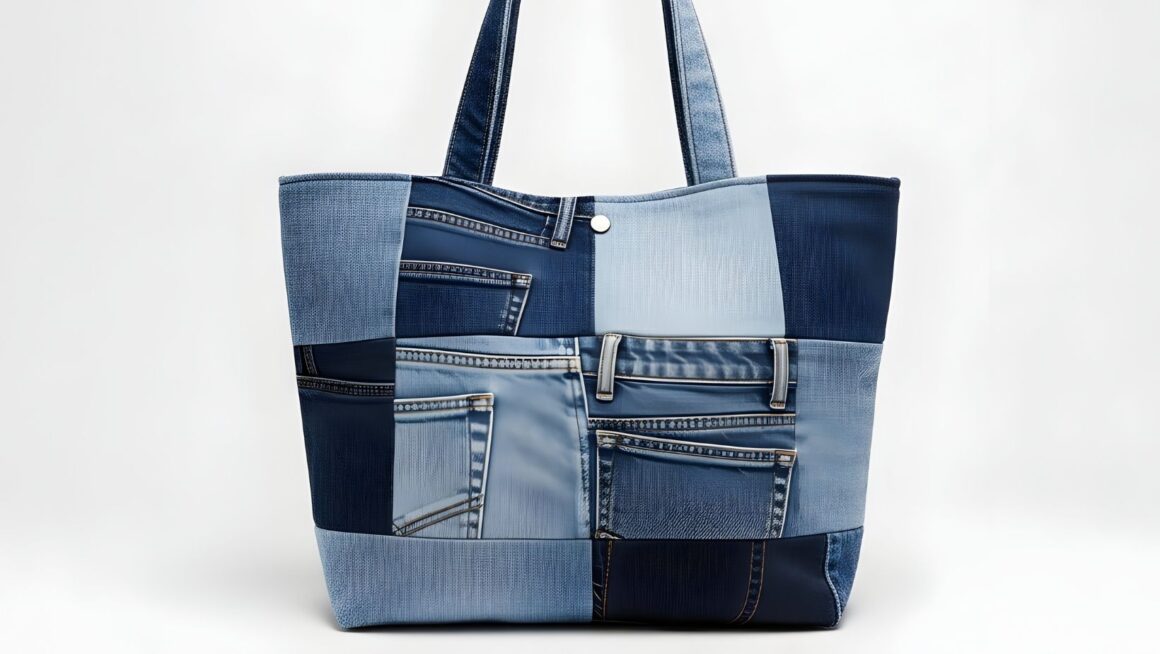The atmosphere of a home is defined partly by the furniture or decorations we choose, but also by the personal touches we give it. Handmade items give a home warmth and character. They often tell a story – of the craftsman, of the tradition of a ritual, or of our connection to the piece.
Individuality
In an age of mass production, the presence of a handmade item offers a breath of fresh air. It might be a ceramic vase, a wooden table, or a Kiddush cup – such handmade creations stand out immediately. They can serve decorative objects and express creativity and individuality, as well as offering everyday functional purpose. A home with handmade pieces gains personality and uniqueness while supporting the work of people who create with passion and care.
Emotions Behind Handmade Creations
Handmade items are often deeply connected to our emotions and memories. They might be gifts from loved ones, souvenirs from travels, or things we made ourselves. These small works of art carry memories and stories; every time we look at them, they remind us of moments and people. This connection can make a living room, dining room, or office feel more intimate and alive. Unlike factory-made products, handmade pieces have their own character.
The Cultural Significance of Handmade Items
Many handmade objects reflect centuries-old traditions and cultures. From textiles and embroidery to ceramics and woodcarving, each craft tells a story about a place and its people. This gives handmade creations a meaning that goes beyond aesthetics; they become symbols of continuity and identity. Judaica gifts from Israel are a clear example of the connection between craftsmanship and cultural heritage. These creations, inspired by long-standing traditions, bring beauty and a spiritual dimension into the home. A menorah, a mezuzah, or a handmade Kiddush cup are reminders of faith, family, and culture.
Personal Creation
The act of creating something ourselves (whether it’s knitting, painting, sewing, or woodworking) brings deep satisfaction. Working with our hands clears the mind, builds patience, and connects us with something removed from everyday worries and stresses.

An NPR piece entitled “Feeling Artsy? Here’s How Making Art Helps Your Brain” explored what goes on in our brains during the process of creating. Christianne Strang, professor of neuroscience, says creativity is important for remaining healthy. It connects us to ourselves and the world. Girija Jaimal, professor and researcher in art therapy, says that anything that engages the creative mind (which is the ability to connect unrelated things and conjure new ways to communicate) is good for us.
When we make art, we’re making decisions. It might be what color to use or how to translate our vision onto the page. It helps us see other possibilities, and often these are brighter than our present day if we’re feeling down. Art also activates the reward center of the brain. And the art we make doesn’t have to be grand or ambitious – it can simply be doodling, as has been studied and recorded in a 2017 paper published in The Arts in Psychotherapy. Art also lowers stress and anxiety, as participants’ cortisol levels demonstrate (Reduction of Cortisol Levels and Participants’ Responses Following Art Making, 2016).
So whether we buy a handmade item or make one ourselves, it’s likely to improve our home and make it feel more like our own.
